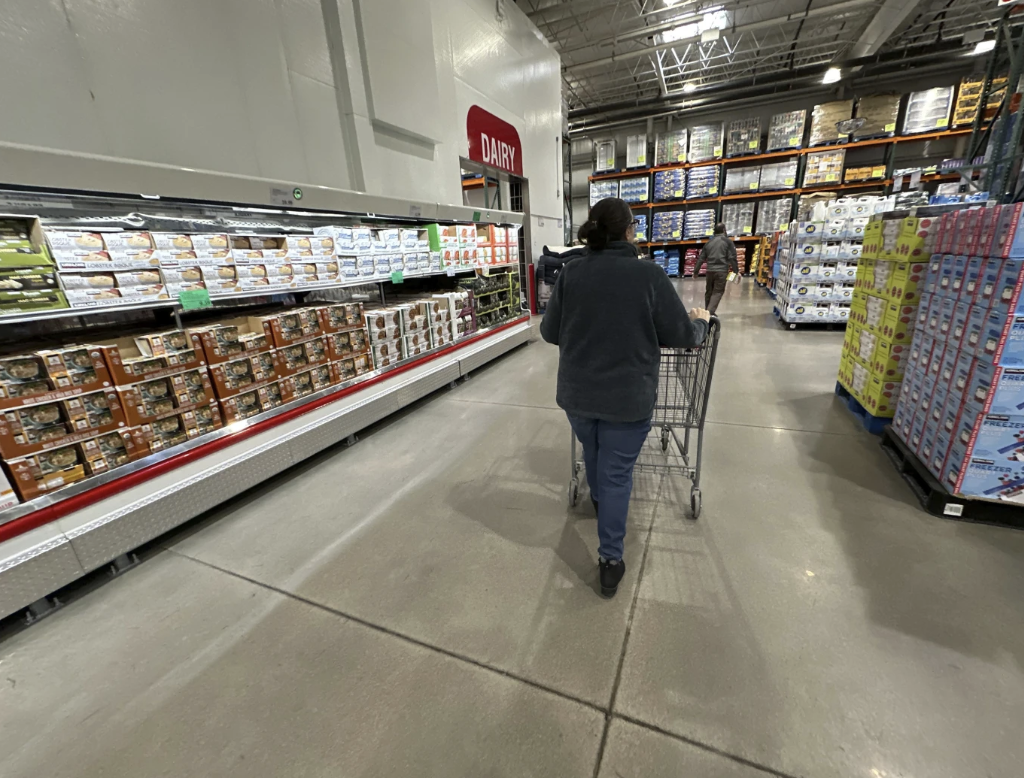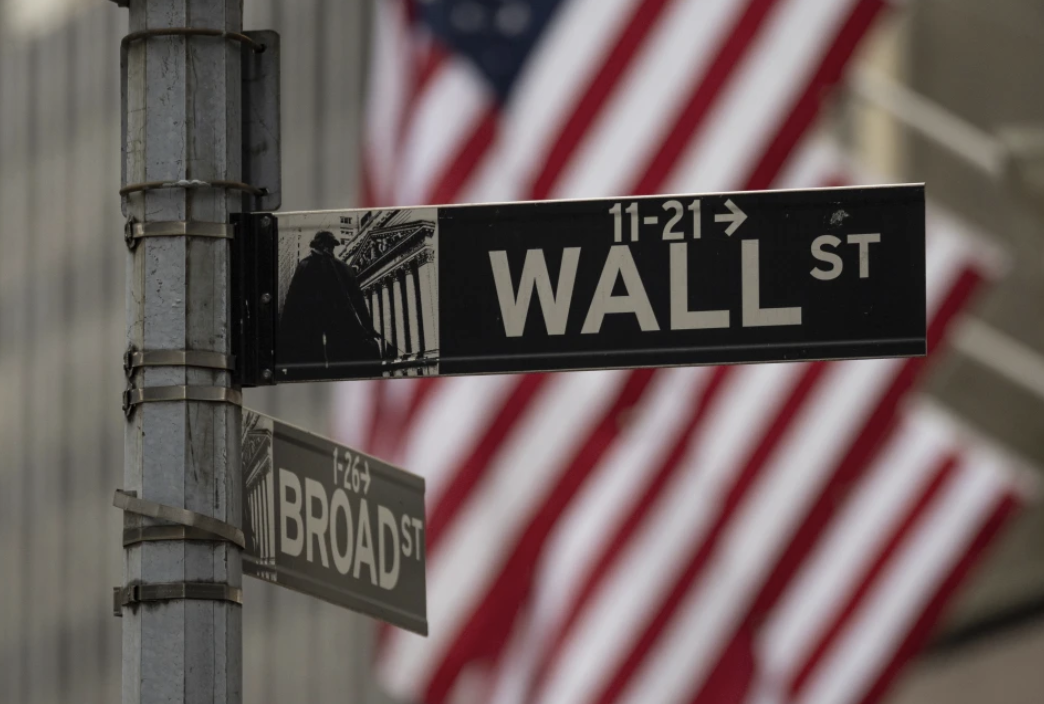Russia’s factories faced a tough June, with manufacturing activity shrinking at the fastest rate since March 2022, according to a recent business survey. The S&P Global Purchasing Managers’ Index (PMI) for Russia’s manufacturing sector dropped to 47.5 from 50.2 in May, signaling a sharp contraction. This decline, driven by falling output, dwindling new orders, and job cuts, paints a challenging picture for an economy heavily reliant on industrial production. Let’s dive into the details of what’s happening and what it means for Russia’s economic landscape.
A Steep Slide in Factory Output
The manufacturing sector’s downturn in June was stark, with the PMI falling below the 50 threshold that separates growth from contraction. This 47.5 reading marked the steepest monthly decline since March 2022, when Russia faced initial economic shocks from Western sanctions following its invasion of Ukraine. Output contracted for the fourth consecutive month, with June seeing the fastest drop in production in over two years. According to S&P Global, 62% of surveyed firms reported reduced output, citing weaker client demand and lower purchasing power as primary culprits. This slump reflects broader economic pressures, including high inflation and a volatile rouble, which hit its weakest level since March 2022 in late 2024.
New Orders Take a Hit
New orders, a critical indicator of future production, also fell into contraction territory after a brief growth spurt in May. The survey revealed that 58% of manufacturers saw a decline in new business, with domestic demand weakening significantly. Export orders were hit even harder, dropping at the sharpest rate since March 2022. S&P Global noted that the high value of the rouble, which appreciated by 40% against the dollar since early 2025, made Russian goods less competitive abroad. This export slump affected 47% of firms with international clients, particularly those targeting Central Asian markets, which had previously shown robust demand.
Job Cuts Signal Tough Times
Employment in Russia’s manufacturing sector took a significant blow, with job shedding accelerating to the fastest pace since April 2022. The survey indicated that 55% of manufacturers reduced staff in June, driven by lower production needs and a strategic shift toward cost-cutting. This marked the second employment decline in three months, with smaller firms (those with fewer than 100 employees) hit hardest, accounting for 68% of layoffs. Russia’s labor market, already strained by a record-low unemployment rate of 2.9% in 2024, faces additional pressure as manufacturers scale back. These cuts could ripple through the economy, reducing consumer spending power and further dampening demand.
Inflation and Costs Under Pressure
Despite the downturn, inflationary pressures persisted, though at a slower pace. Factory gate prices rose at the weakest rate since November 2022, with only 22% of firms reporting significant cost increases in June. This moderation was partly due to reduced production, which eased demand for raw materials. However, input costs remained elevated, driven by unfavorable exchange rate movements and persistent supply chain disruptions. Rail and logistics delays affected 41% of manufacturers, extending lead times for inputs and pushing up costs. Russia’s annual inflation rate, which hit 9.5% in 2024, continues to challenge manufacturers’ ability to maintain competitive pricing.
A Glimmer of Optimism Amid Uncertainty
Despite the gloomy data, some manufacturers remain hopeful about the future. Business confidence, while dipping to its lowest since October 2022, was still historically upbeat, with 53% of firms expressing optimism about improved demand and new product launches. Plans for investment in modernization and import substitution-replacing foreign goods with domestic alternatives-buoyed sentiment among 39% of surveyed companies. However, global economic uncertainty and fears of further sanctions tempered expectations, with 28% of firms citing geopolitical risks as a major concern. The Central Bank’s Business Climate Indicator (BCI) also fell to its weakest since December 2022, signaling broader unease.
Military Spending as a Double-Edged Sword
Russia’s hefty spending on military equipment since February 2022 has been a lifeline for parts of the manufacturing sector. In 2024, defense-related production accounted for an estimated 32% of manufacturing output, propping up factories that might otherwise have struggled amid international sanctions. However, this reliance on military demand is a double-edged sword. Non-defense sectors, which make up 68% of manufacturing, face declining orders and reduced investment. Economic Development Minister Maxim Reshetnikov warned at the 2025 St. Petersburg International Economic Forum that Russia’s economy is “on the brink of a recession,” though Central Bank Governor Elvira Nabiullina countered that it’s merely cooling from an overheated state.
What Lies Ahead for Russia’s Factories
The June contraction raises questions about Russia’s economic resilience as it navigates sanctions, inflation, and global market shifts. The Central Bank’s recent rate cut to 20% in June 2025, the first since 2022, aims to ease pressure on businesses, but high interest rates continue to stifle investment. Analysts predict GDP growth will slow to 1.7% in 2025 from 4.1% in 2024, with manufacturing likely to remain a weak link. If export demand doesn’t recover or domestic consumption continues to falter, Russia’s factories could face prolonged challenges. For now, manufacturers are banking on new markets and product innovation to weather the storm, but the road ahead looks bumpy.

